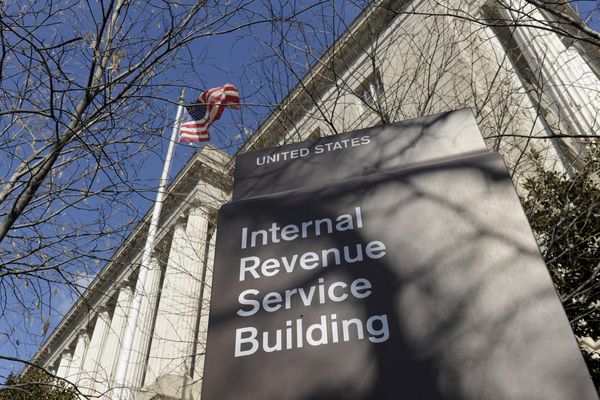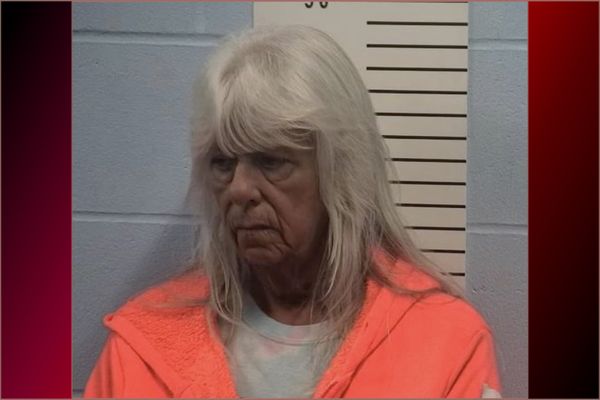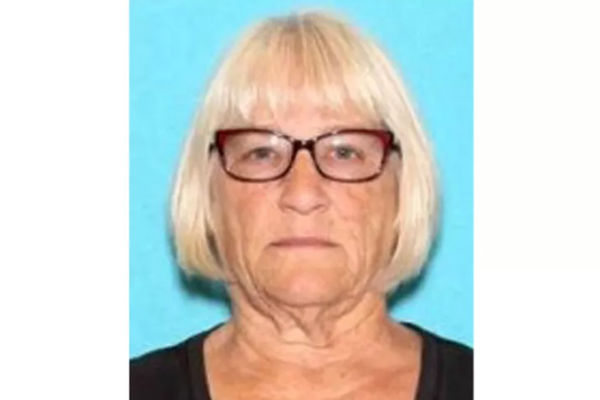PHILADELPHIA — Daryl Morey wasn’t going to tell us where he was going even if he could. As of the wee postdraft hours of Friday morning, he wasn’t even allowed to tell us where he was. Thanks to some sort of procedural guidelines that could only have been handed down by folks who bill by the hour, Morey’s only direct comment on his first big move of the offseason was that he was not allowed to comment on it at all. And so the Sixers’ president mostly stared blearily at a disheveled half-circle of media members, and the disheveled half-circle mostly stared blearily back. And it was thus that the De’Anthony Melton era commenced.
Not that it mattered. The biggest question that Morey faced heading into the draft is the one he still faces. It is also the one that he will need to tiptoe most delicately around until the answer reveals itself. No doubt, the Sixers added a critical piece to their rotation when they traded the No. 23 pick to the Grizzlies for Melton, a 24-year-old grinder of a guard who can play excellent defense and shoot at an above-average clip. But that still leaves them at least one significant player away from a rotation that might have altered the balance of power in their second-round playoff loss to the Heat. And the more you look at their personnel and payroll situation with Melton in the fold, the more it leads you to conclude that the most complicated work has yet to be done. Now, more than ever, the Sixers need to find a trade for Tobias Harris that makes sense.
To be clear, this is my conclusion. Morey and his front office may well have reached a different one in recent weeks as they’ve gathered information on Harris’ market value. Talk to anybody around the team and they’ll go out of their way to downplay their desire to part ways with the veteran forward. Sure, they have gauged the marketplace, but gauging marketplaces is what front offices do. They continuously gather information and use that information to assess and reassess the optimal course to chart through a world of scarce resources. What shouldn’t get lost in that process is the deep respect the organization has for Harris and all that he has done to make the Sixers one of three teams in the NBA to win at least 194 games and three playoff series over the last four seasons.
That being said, the conclusion is near inescapable, especially now that the Sixers have added another $9 million in salary to their payroll with the acquisition of Melton. Think about what we know.
1) We know that the Sixers need to add at least one starting-caliber wing who can replace Danny Green, whom the team traded to Memphis along with the No. 23 pick.
2) We know that one player they’ve identified as having an ideal profile is Heat forward P.J. Tucker.
3) We know that Tucker turned down a $7.4 million player option, and we know that most rational actors would make such a decision only if they expected to land a contract of equal or greater value.
4) We know that the Sixers currently have the ability to offer Tucker a salary of no more than $6.4 million next season. In order to offer him more than that, they would need to bring their payroll below $155 million and keep it there for the remainder of the season. According to my calculations, their current payroll stands at around $153 million for 13 players, assuming James Harden opts in at $47.4 million. In order to carry 15 players plus two two-way contracts, the Sixers would need to go north of $155 million, leaving them with only the $6.4 million taxpayer mid-level exception to use on free agents.
Here is where we start to make some assumptions. A conservative ballpark estimate says that the Sixers would need to part with at least $8 million and probably more than $10 million of the salary they currently have on the books. While there might be a path to do that without including Harris’ $39 million or Matisse Thybulle’s $4.3 million salaries, it would be a perilously tight one. The Sixers value Thybulle and are not going to trade him away for sheer salary relief. But trading him for value means trading him for another player who, in all likelihood, makes equivalent or better money. Which negates the impact of any Thybulle trade on the Sixers’ ability to trade Tucker.
5) We know that one player the Sixers have identified as a possible trade target is Rockets guard/forward Eric Gordon, who is under contract for $19.5 million next season. That means the Sixers would need to include roughly $14.6 million in any trade for the veteran. That’s in the neighborhood of the salary they would need to part with in order to sign Tucker. Again, there is a theoretical world in which they can do that without trading Harris’ $39 million. But it would involve trading Thybulle plus at least three other players (Georges Niang, Furkan Korkmaz, Jaden Springer), and it would leave them with a rotation that goes just seven deep — Harden, Joel Embiid, Tyrese Maxey, Gordon, Harris, Melton, an MLE free agent making $6.4 million or less — before getting to Isaiah Joe, Paul Reed and Charles Bassey. Any other additions would need to come by way of players making the minimum (between $1 million and $3 million, depending on experience).
6) In other words, to acquire either Tucker or Gordon without trading Harris, the Sixers would essentially need to enter the season with a roster that is thin enough to wonder whether it is even feasible.
7) Conversely, if the Sixers managed to shed Harris’ $39 million from their books, they would have the potential to build a roster that has Gordon and Tucker starting at the three and the four and Melton coming off the bench, plus Niang, plus a veteran free agent on the $4.05 million bi-annual exception, plus a couple of veterans making the minimum, plus Joe and Bassey and Springer and a couple other young players making the minimum. There are all kinds of iterations of that ideal world involving guys like Korkmaz, Shake Milton, and maybe even Thybulle.
8) Point is, trading Harris is the Sixers’ clearest path to maximizing the depth, aggregate talent and overall functionality of a roster that includes either Tucker or Gordon.
Granted, all of this rests on the assumption that the Sixers are still hot on Tucker and Gordon after acquiring Melton, who is cut from the same cloth as both players. But it’s not a wild assumption to make. Anybody who would take their place without a drop-off is likely to either be making similar salary, or be unattainable, since teams are generally not in the business of trading away cheaper players who offer that level of production.
The going rate for guys like Melton and Tucker is north of what the Sixers would be able to spend with the $6.4 million MLE. Bruce Brown, Delon Wright, Kyle Anderson, Bobby Portis, Donte DiVincenzo, Cody Martin — John Hollinger’s free agent formula pegs all of them at or above the $10.3 million MLE. Caleb Martin, Tucker’s understudy with the Heat, could make some sense, but Miami has the right to match anything up to the $6.4 million MLE.







